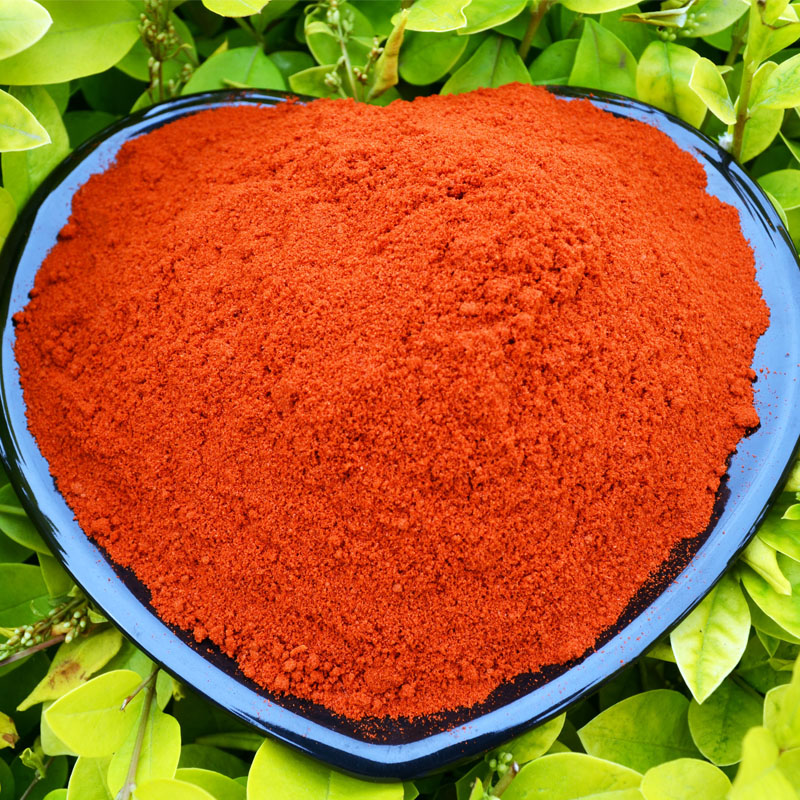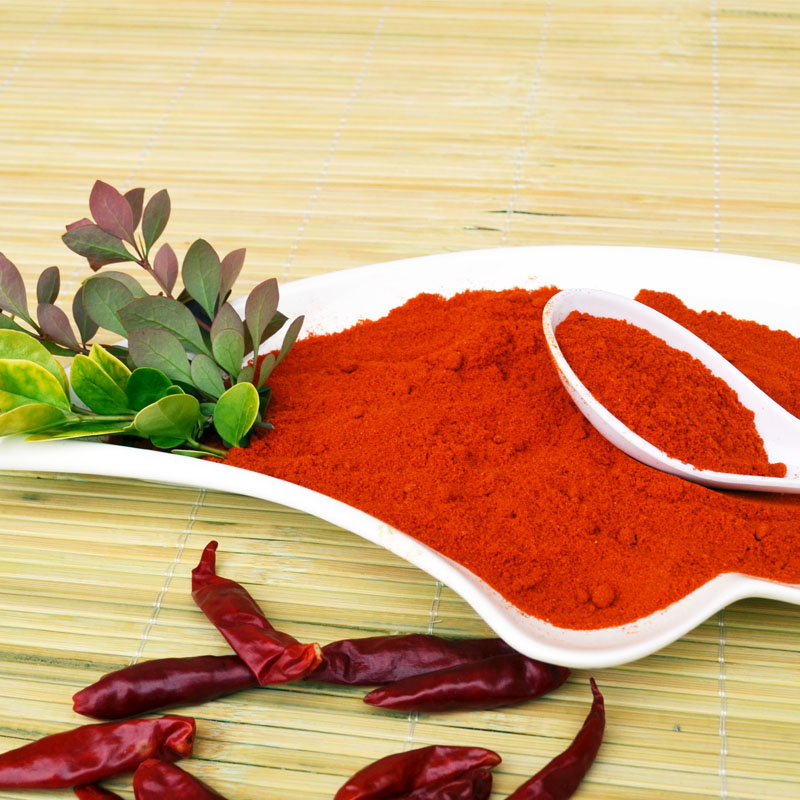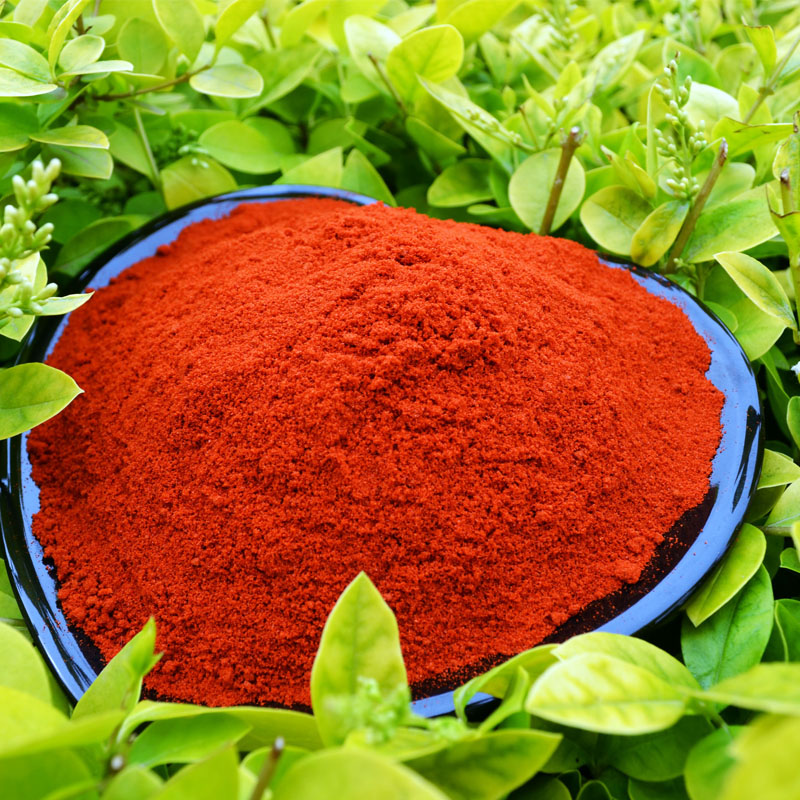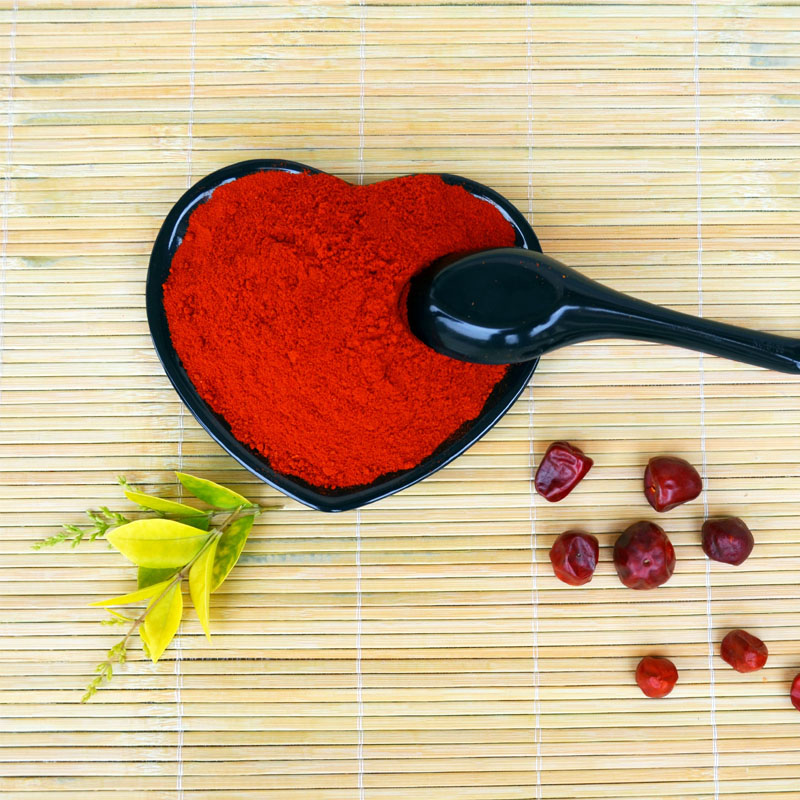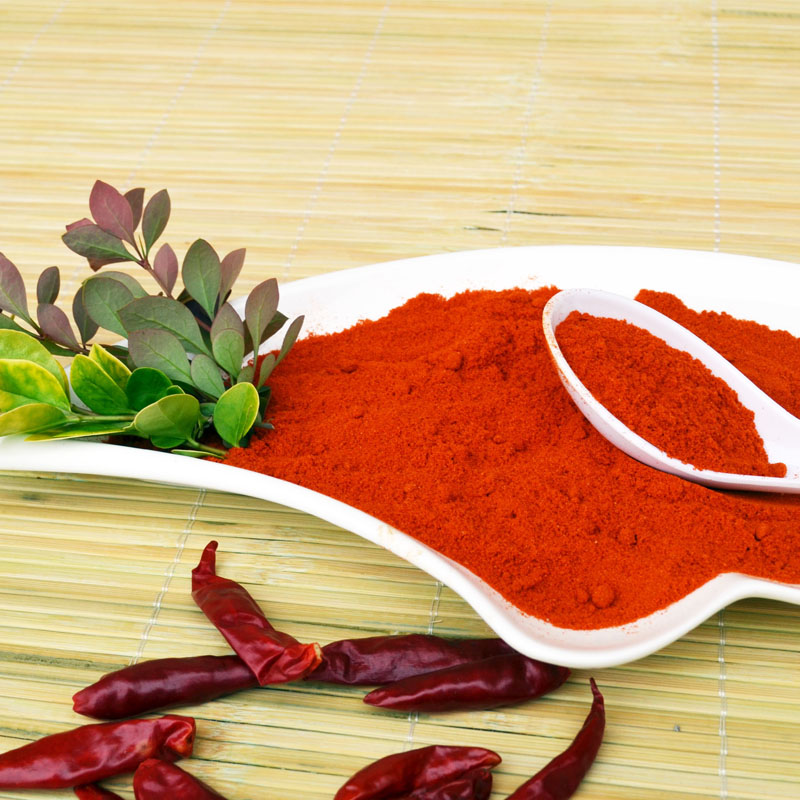
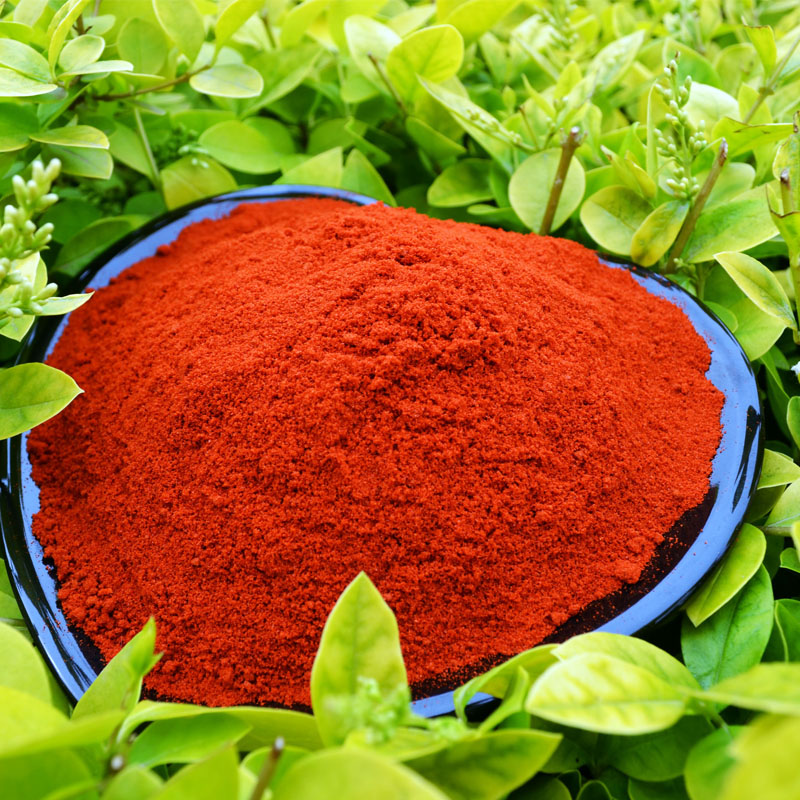
Ke kūʻai nui nei kā mākou huahana chili kūlohelohe a me nā pesticides me ZERO additive i nā ʻāina a me nā ʻāpana makemake e hoʻohana i ka wā kuke. Loaʻa nā palapala BRC, ISO, HACCP, HALAL a me KOSHER.
ʻO ka maʻamau, hoʻopili ʻia kā mākou huahana pauka i loko o ka ʻeke pepa 25kg me ka ʻeke i hoʻopaʻa ʻia i loko o ka PE. A ʻae ʻia ka pūʻolo kūʻai.
Red chili peppers, which are a part of the Solanaceae (nightshade) family, were first found in Central and South America and have been harvested for use since about 7,500 BC. Spanish explorers were introduced to the pepper while on a search for black pepper. Once brought back to Europe, the red peppers were traded in Asian countries and were enjoyed primarily by Indian cooks.
The village of Bukovo, North Macedonia, is often credited with the creation of crushed red pepper.[5] The name of the village—or a derivative of it—is now used as a name for crushed red pepper in general in many Southeast European languages: "буковска пипер/буковец" (bukovska piper/bukovec, Macedonian), "bukovka" (Serbo-Croatian and Slovene) and "μπούκοβο" (boukovo, búkovo, Greek).
